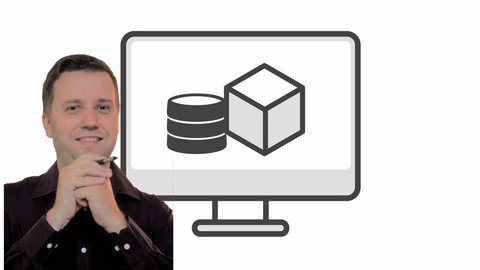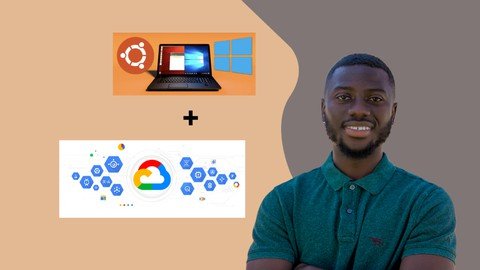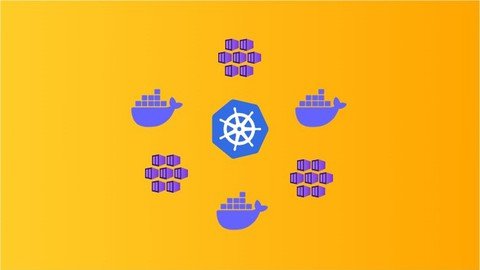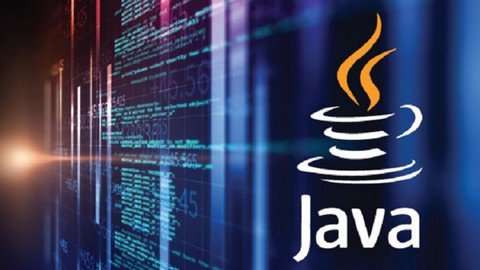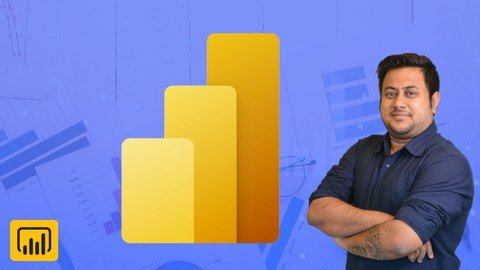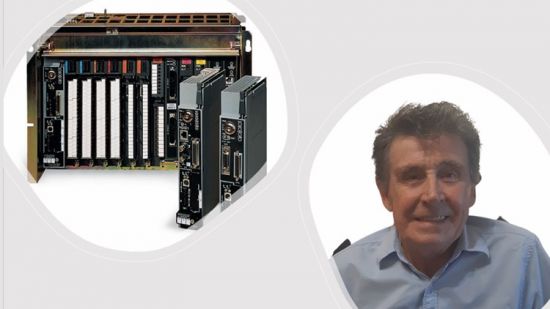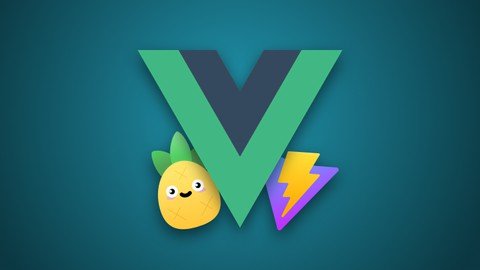SQL Server Analysis Services - SSAS, Data Mining & Analytics
MP4 | Video: h264, 1280x720 | Audio: AAC, 44.1 KHz
Language: English | Size: 1.07 GB | Duration: 7h 54m
Develop SSAS cubes from data warehouse on Multidimensional & Tabular modes with Dimensional & Data Mining Models
What you'll learn
Downloadable Course Content - FREE SQL Server 2016 EBook, 150+ Interview Questions, 100+ curated reference material links, 70+ MDX / DAX Queries, Links to 1 Sample OLTP Database and 1 Sample Data Warehouse with sample data - schema diagrams - documentation - dimensional modeling workbook, 1 Sample Multidimensional OLAP Database + 1 Sample Tabular OLAP Database containing fully functional cube with sample data, and Full project developed in the course.
By end of this course, you should be able to work with actual clients, technology architects, or team leads on a large scale SQL Server Analysis Services / MDX / Data Mining Project
Learn SQL Server Analysis Services ( SSAS ) Multi-dimensional as well as Tabular, Multidimensional Data Expressions ( MDX ) query language, Data Analysis Expressions (DAX) expression language and Data Mining on latest version of SQL Server - 2016 on a fast track with more practicals and limited theory necessary for fundamentals.
Develop Data Mining Models on algorithms like Decision Trees, Naive Bayes, Clustering, Neural Network, Time Series, Linear Regression and Sequence Clustering
Test your knowledge with more than 150 SSAS, MDX, DAX and Data Mining interview or Microsoft BI certification practice test questions. Every few weeks, new interview questions are added to the course.
Design, Model and Build SSAS database, data warehouse or data mart, and database objects like facts, dimensions, cubes, measures, perspectives, etc
Deploy SSAS solutions and learn SSAS administration tasks like backup and restore, processing dimensions and measures, building aggregations, etc
Develop MDX and DAX code with confidence
Develop SSRS Reports using MDX as query language and SSAS as data source
Debug issues and performance tune SSAS solutions for optimal performance
Learn about Microsoft Business Intelligence Architecture, and understand how SSAS fits in this architecture along with other tools like SSIS, SSRS, Master Data Services ( MDS ), Data Quality Services ( DQS ), Powerpivot, PowerView, SQL Server Database Engine, SSMS, SSDT and other tools.
Requirements
No prior knowledge of SSAS, MDX, Dimensional modeling or Data Mining is required.
Basic working knowledge of SQL Server like working with tables, views, stored procedures etc is required.
Description
Top 4 Reasons to take this course
1) You can learn SSAS, Data Mining and Analytics from scratch as well as ask questions directly to a Published Author, Microsoft MVP, and a Senior Technology Architect with more than 15 years of experience who actively practices Business Intelligence, Data Mining and Analytics in real-world client projects internationally.
2) In a single course, without any prior analytics experience - You can learn three query languages used for analytics - MDX, DAX and DMX. Along with this you learn SSAS in such detail that you can apply for a job of SSAS Developer / Admin / Architect, and also prepare yourself for Microsoft certification 70-768.
3) You get to train yourself for any SSAS, MDX, DAX, and Data Mining interview with more than 150+ interview questions. If you still have any questions, you can ask those questions to me.
4) Downloadable Course Content
FREE SQL Server 2016 EBook Link
150+ Interview Questions
100+ curated reference material links
70+ Ready-to-use MDX / DAX Queries
Links to 1 Sample OLTP Database and 1 Sample Data Warehouse with sample data - schema diagrams - documentation - dimensional modeling workbook
Links to 1 Sample Multidimensional OLAP Database + 1 Sample Tabular OLAP Database containing fully functional cube with sample data
Full project developed in the course.
Course Description
SQL Server Analysis Services, Data Mining and Analytics is a course in which a student having no experience in data science and analytics would be trained step by step from basics to advanced data science topics like data mining. The intention of this course is to empower students with the knowledge of OLAP, Analytics and Data Mining, which can potentially yield salaries of $85 - $150k based only on your experience of SSAS, MDX, DAX and Data Mining.
Course includes job-oriented practical hands-on exercises, theoretical coverage of key concepts, interview questions, practice test questions for certifications and more. This course covers all the topics for developers, administrators as well as aspiring data scientists. New Interview questions are added to the course every few weeks. Anyone pursuing this course would be able to clearly understand about Microsoft Business Intelligence Architecture, and understand how SSAS and Data Mining fits in this architecture along with other tools like SSIS, SSRS, Master Data Services ( MDS ), Data Quality Services ( DQS ), Powerpivot, PowerView, SQL Server Database Engine, SSMS, SSDT and other tools.
SQL Server Analysis Services, Data Mining and MDX is a fast track course to learn practical SSAS ( SQL Server Analysis Services ), Data Mining and MDX code development using the latest version of SQL Server - 2016. No prior experience of working with SSAS / Data Mining or MDX is required.
The course is structured in the following categories: Fundamentals, Design, Development, MDX Code development, Administration, Performance Tuning, Data Mining Basics and Data Mining Development, Tabular SSAS Installation and Configuration, and Tabular SSAS Design and Development as well as DAX programming.
Who this course is for
Open minded professionals seeking to give a competitive edge to their carrer in the field of data and analytics should definitely consider in enrolling for this course
This course is for those who want to start a career in the analytics space by learning a niche skill
If you are planning to appear for a SSAS job interview or MS BI Certification, this course is for you
Students planning to take 70-768 microsoft certification should enroll in this course as the course covers almost entire topics of the exam.
Data mining professionals are very rare and having even a basic or intermediate training on Data Mining is a huge plus. Students who wants to add a plus on their resume should take this course.
MDX developers are one of the most sought after professionals in the analytics data space. This course is for those who are ready to invest their time in a complex skill to differentiate themselves from the crowd.
This course is specially designed for those working or who want to work in the role of MS BI Architect, MDX Developer, SSAS Administrator, SSAS Architect, SSAS Developer, Data Modeler, MS BI Developer, SSAS Performance Engineering Specialist and others
SSAS Tabular and DAX is the newest trend in the self-service Analytics using SSAS. Students interested in this part of the BI should enroll in this course
Screenshots









